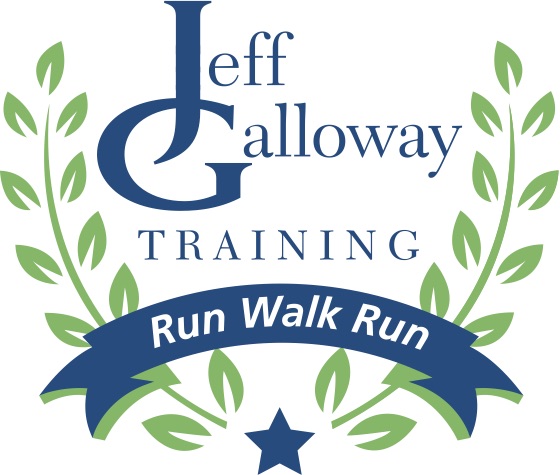There is a very positive attitude change taking place in North America: adults are learning that exercise doesn't have to hurt–and it actually gives pleasure. Usually from bad experiences in physical education classes, many learned at an early age that exercise was hard work and painful. It is gratifying to know that many are able to re-learn a significant lesson at age 40, 50, 60 and even 70+.
But the rewards of exercise can lead one to doing too much. Running, for example, delivers a series of psychological benefits that are virtually unique: a significant boost to vitality and a positive attitude. The after-exercise glow is such a wonderful lifestyle change that many beginners assume that going faster and farther will increase the good feelings. Unfortunately, this often leads to aches, pains and fatigue. Over the 35+ years that I've been coaching, it's often the patterns of training elements that eliminate injury in my individual coaching clients. Here are some of these patterns:
Start slowly. Most exercisers know that they need to warm up. I have my runners walk for 3-5 minutes, and then alternate a 20-60 second run with a 60 second walk for 10 minutes. At that point, most can ease into the pace for that day.
Insert recovery breaks before fatigue builds up. On long runs and races, I ask my Ecoach clients to continue inserting walk breaks, usually every 1-4 minutes, until the end of the run. This reduces fatigue, speeds recovery and can almost eliminate injury. My surveys surprisingly show that the walk breaks allow runners to run faster. Cyclists have “gliding” breaks, and those using exercise machines can reduce the level of exertion significantly for a minute, every 3-5 minutes to achieve the same result. The continuous use of the muscle at a high level of exertion will exhaust muscle fibers and break them down quicker.
Pacing. Most exercisers can work too hard in the beginning of a workout without realizing that it is too hard. It is always better to start more slowly. Whatever is saved during the first 10 minutes can be used during the important mid-workout exertion. Even better, if you ease into your workout, you can feel great at the end.
Warm down gently. Muscles recover better if they are not pushed harder and harder to the very end. By easing off during the last 10 minutes, damage can be significantly reduced, and blood flow can help to remove some of the waste products that accumulated during the workout. Continuing to walk after a run, for example, will allow the muscles to help pump blood back to the heart. Standing around after a good workout can put a lot of stress on the cardiovascular system. Keep moving!
Manipulate the muscles. I melt into my Human Touch Massage Chair after I've had my post workout warm down. Tired muscles have always felt better after a session, especially the next day. I've also found that runners with calf fatigue/pain can often get relief with the Zensah compression sleeve for the calf.
